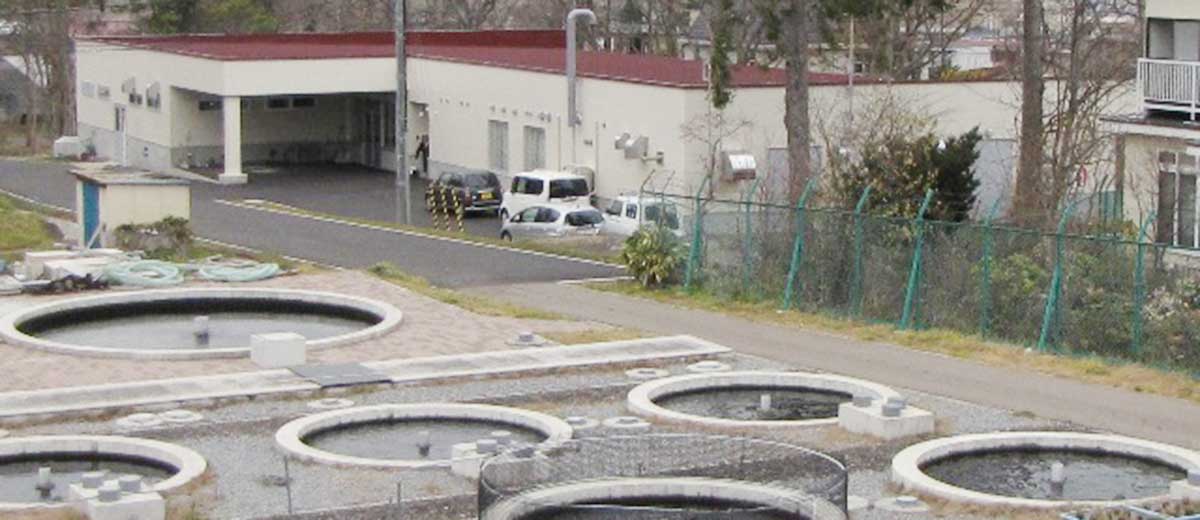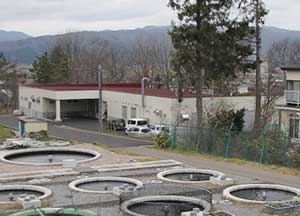This station was created in 1940 as a fish-culture site by the Hakodate Higher Fisheries College, and was established as a fish-culture experimental station in 1966 by the present day Faculty of Fishery Science, Hokkaido University. This Station is located in a suburb of Hakodate, in southern Hokkaido, about 10km from the Hakodate campus of Hokkaido University. The facilities include, experimental ponds, two wells for water and a research building, which was renovated during 2014. Research and educational activities are conducted on the fish reproduction and the preservation of genetic resources of salmonids fishes. Genetic resources of salmonids comprise 12 species, including 19 strains. Aquaculture techniques for the Japanese huchen were successfully developed here. During the station's history, the life history of the masu salmon in Hokkaido and pioneering work on fish chromosome set manipulation have been done. Biochemical studies of endocrine disturbing substance have also been done. Students and researchers use the station for experiments on the aquaculture of salmonid fish and short-term experiments in areas such as fish reproduction, embryology, behavior, disease and feed. Fish and their eggs are available to researchers.
Nanae Freshwater Station Aquatic Research Station

- ADDRESS
- Sakuramachi, Nanae, Hokkaido, 041-1105 JAPAN
- TEL
- TEL:+81-138-65-2344
- FAX
- FAX:+81-138-65-2239
- nanae [at] fsc.hokudai.ac.jp
- Official Site
- https://www.fsc.hokudai.ac.jp/nanae/home%20-%20english.html





